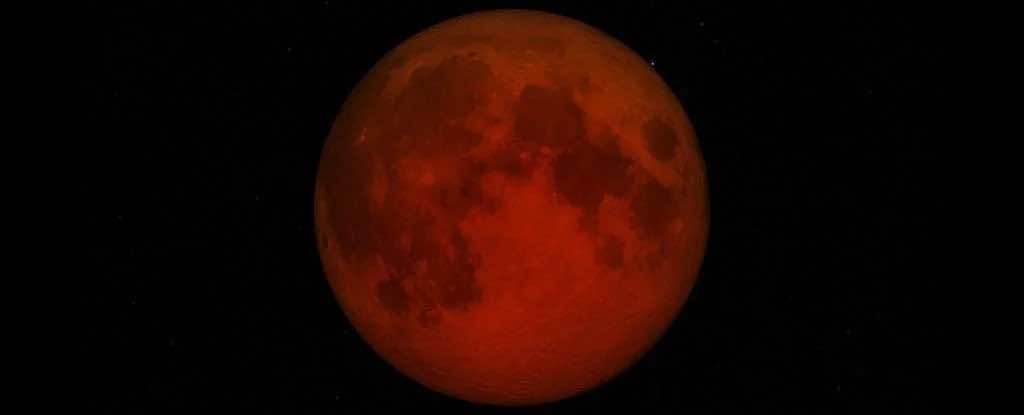We are familiar with the view that is offered by the lunar eclipse from earth but it is not the same as from space. We now have an idea of how it looks from there due to the stunning work of Lucy, the asteroid probe, led by the Southwest Research Institute (SwRI), which launched in October 2021.
During the eclipse earlier this month, on the night of 16 May across most of the Americas, Lucy was at a distance of around 100 million kilometers (65 million miles) from Earth.
“While total lunar eclipses aren’t that rare – they happen every year or so – it isn’t that often that you get a chance to observe them from an entirely new angle,” said planetary scientist Hal Levison of SwRI.
“When the team realised Lucy had a chance to observe this lunar eclipse as a part of the instrument calibration process, everyone was incredibly excited.”
In three hours, the spacecraft took 86 1-millisecond exposures through its high-resolution, black-and-white L’LORRI instrument. The images were sent back home to Earth to be edited into a timelapse of the first half of the eclipse.
This shows how the L’LORRI camera will take images of Trojan asteroids sharing the orbit of Jupiter, at a much greater distance from the Sun.
Only half the eclipse was imaged, to avoid overheating.
“Capturing these images really was an amazing team effort,” said planetary scientist John Spencer of SwRI.
“The instrument, guidance, navigation and science operations teams all had to work together to collect these data, getting Earth and the Moon in the same frame.”

